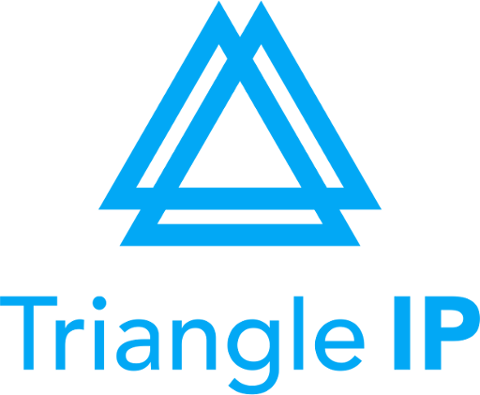
Innovation Management
Latest News and Articles
Menu

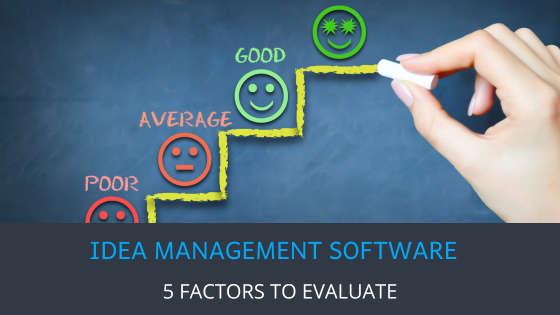
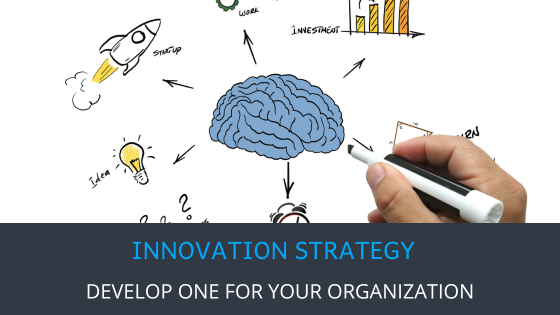
Innovation Strategy: Develop One For Your Organization
February 27, 2025
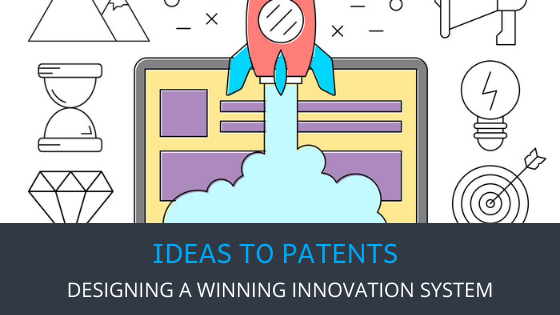
Innovation Management Software | Ideas To Patents
February 27, 2025

5 Top Enterprise Innovation Software to Checkout in 2025
February 26, 2025
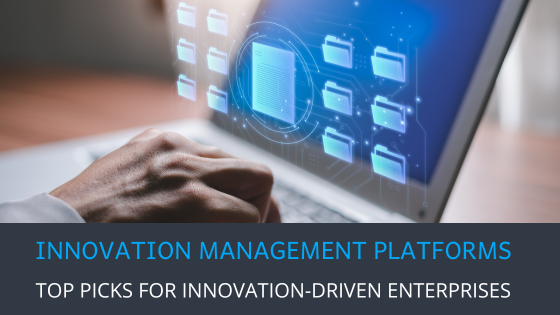

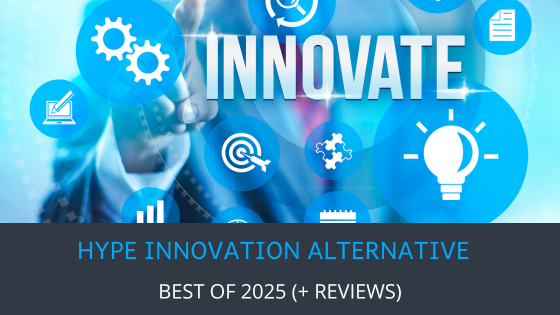

Top 7 Brightidea Alternatives You Must Know in 2025
January 23, 2025
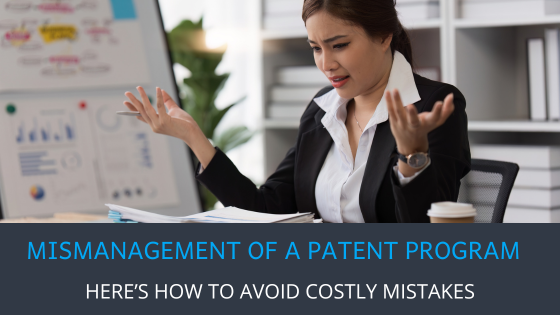
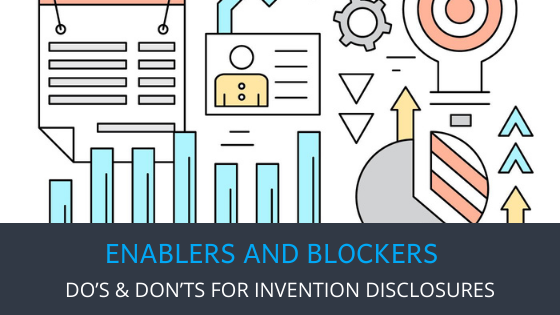
Invention Disclosures | Enablers and Blockers
June 29, 2024
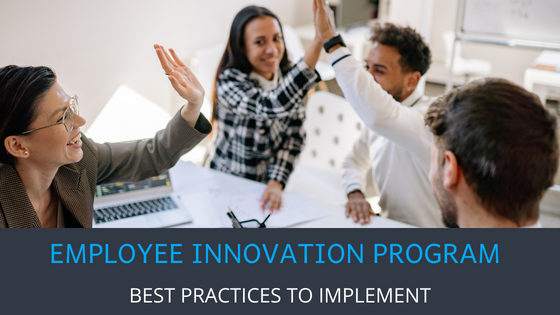
Use Cases
Innovation Toolkit
Learn Innovation Management
Standalone Tools
© 2025 Triangle IP, Inc. | All Rights Reserved.
